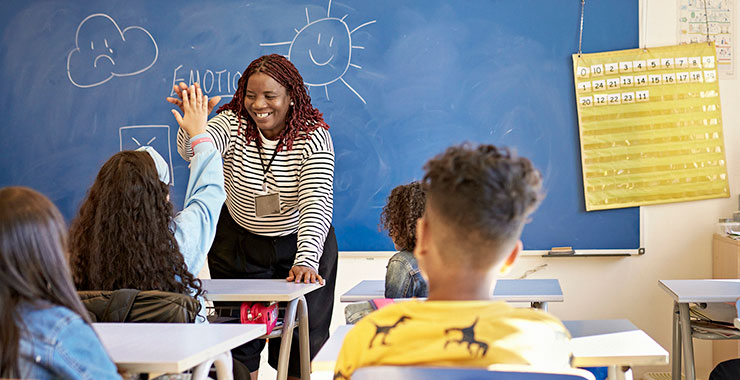Teaching is one of the oldest but noble professions that plays an essential role in shaping the future of our society. As educators, it is our responsibility to create a positive and engaging learning environment that fosters the growth and development of our students. To achieve this, we must employ effective teaching strategies that tackle the diverse needs and learning styles of our students.
Understanding the Teaching Feeling
Teaching feeling refers to the emotional connection that teacher establish with their students. It is the ability to create a safe and supportive environment where students feel valued, respected, and motivated to learn. When students experience a positive teaching feeling, they are more likely to actively participate in class, ask questions, and take ownership of their learning.
Defining Teaching Strategies
A teaching strategy can best be defined as a planned approach or method used by educators to facilitate learning and achieve desired educational outcomes. These strategies encompass a wide range of techniques, activities, and instructional approaches that are tailored to meet the specific needs of students.
The Importance of Teaching Strategies for New Teachers
For new teachers, understanding and implementing effective teaching strategies is essential for a successful start to their teaching career. These strategies not only help them establish a positive rapport with their students but also enable them to manage their classrooms effectively and deliver engaging lessons.
Here are some key teaching strategies that can empower new teachers:
1. Differentiated Instruction
Differentiated instruction is a teaching strategy that recognizes the diverse learning needs of students and adjusts the content, process, and assessment accordingly. By tailoring instruction to individual students, new teachers can ensure that every student has the opportunity to succeed and reach their full potential.
2. Active Learning
Active learning involves engaging students in hands-on activities, discussions, and collaborative projects. This teaching strategy encourages students to actively participate in the learning process, fostering critical thinking, problem-solving, and creativity.
3. Technology Integration
Incorporating technology into the classroom can greatly enhance the learning experience for students. New teachers can use various digital tools, such as interactive whiteboards, educational apps, and online resources, to make lessons more interactive, engaging, and relevant to the digital age.
4. Formative Assessment
Formative assessment is an ongoing process that allows teachers to gather feedback on student learning and adjust their instruction accordingly. By using formative assessment techniques such as quizzes, class discussions, and observations, new teachers can monitor student progress and provide timely interventions.
5. Classroom Management
Effective classroom management is crucial for creating a positive and productive learning environment. New teachers can employ strategies such as establishing clear expectations, implementing consistent routines, and using positive reinforcement to manage student behavior and ensure a focused learning atmosphere.
6. Culturally Responsive Teaching
Culturally responsive teaching recognizes and values the diverse backgrounds and experiences of students. New teachers can incorporate culturally relevant content, incorporate diverse perspectives, and create inclusive classroom environments that promote equity and respect.
Conclusion
Teaching is a dynamic profession that requires continuous learning and adaptation. By implementing effective teaching strategies, educators can create a positive teaching feeling, engage students in meaningful learning experiences, and empower them to reach their full potential. For new teachers, understanding and applying these strategies is essential for building a strong foundation and becoming successful educators.
Remember, teaching is not just about imparting knowledge but also about inspiring and nurturing the next generation. With the right teaching strategies in place, we can make a lasting impact on the lives of our students and contribute to a brighter future.






